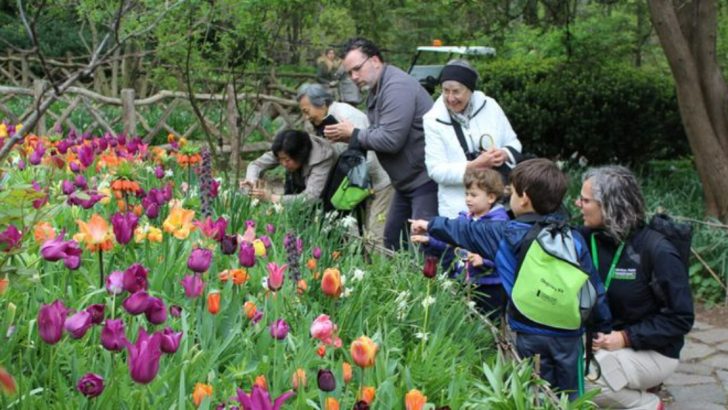Your garden shouldn’t disappear when you do. All that beauty, that knowledge, those rare cuttings passed down or hunted down—they’re worth more than you think. And yet, too many gardens vanish the moment the gardener is gone. It doesn’t have to be that way. You can pass it all on. The seeds. The stories. The tricks no book ever taught you. With a little planning, your plant legacy can outlive you—and thrive. These 17 ideas aren’t just about saving plants. They’re about handing down joy, skill, and something real in a world that forgets to slow down and dig in.
Creating a Plant Journal

Imagine walking through a garden that holds stories in every bloom. A plant journal can make this possible. Document your garden’s evolution, noting the growth of each plant, their care requirements, and special memories associated with them.
This personalized guide becomes a treasure trove for future generations, offering insights into the garden’s past and guidance for its future nurturing. As years go by, this journal transforms into a cherished family heirloom, connecting loved ones with your gardening wisdom.
Such documentation ensures that your passion for plants becomes a continuous thread in your family narrative.
Hosting Seasonal Garden Tours
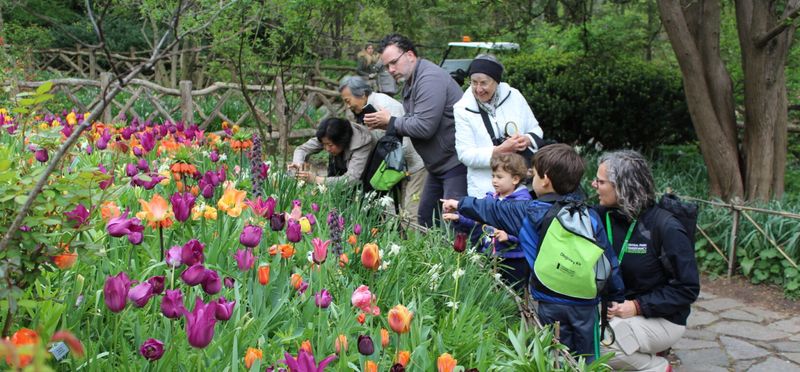
Why not invite your family to experience the beauty of your garden firsthand? Hosting seasonal garden tours allows you to share the wonders of your horticultural efforts with loved ones.
These tours can spark interest and foster appreciation among family members, encouraging them to learn about different plant species, their uses, and their care. By making these tours a regular tradition, you create an educational and bonding experience that inspires future generations to cultivate their green thumbs.
The garden becomes a shared space of joy, knowledge, and inspiration for everyone involved.
Creating a Family Seed Bank
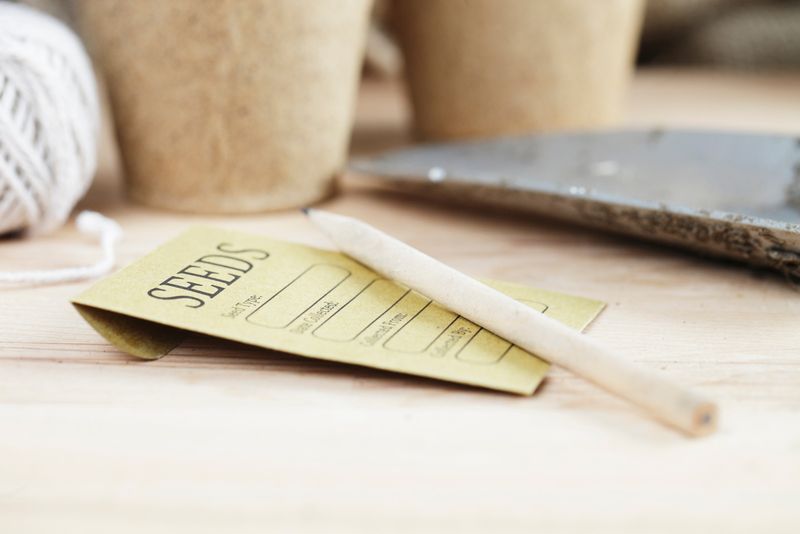
Seeds are the essence of life, capable of bridging generations. Establishing a family seed bank preserves not just plants but a part of your family’s history. Collect seeds from your garden’s most cherished plants and store them for future propagation.
Label each packet with the plant’s name, origin, and any special significance it holds within the family. This collection becomes a living archive, allowing descendants to grow the same plants that once bloomed in your garden.
Passing down seeds ensures that your garden’s essence continues to flourish, nurturing both the land and family bonds.
Planting a Memory Tree
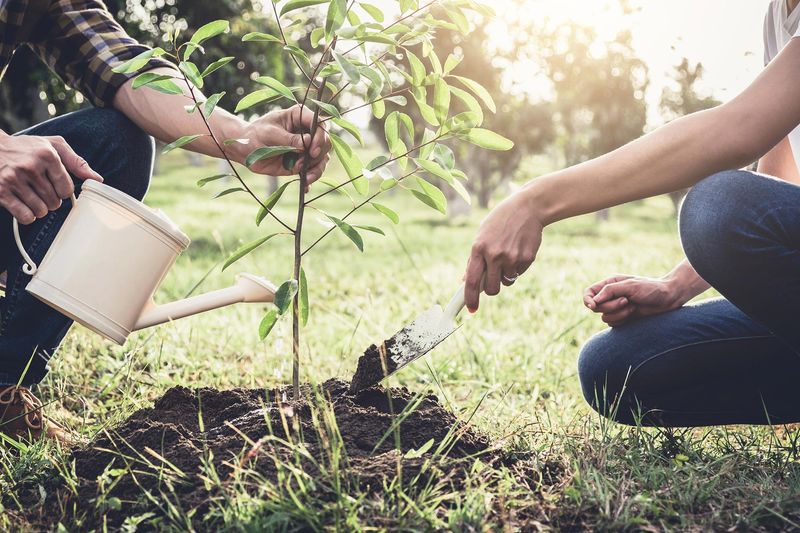
A memory tree stands as a living monument to loved ones and cherished memories. Consider planting a tree to mark significant family milestones or to honor ancestors.
This tree symbolizes growth, resilience, and continuity, providing a focal point for family gatherings and personal reflection. As the tree matures, it becomes a source of shade, oxygen, and beauty, enriching the garden.
With each new generation, the memory tree’s legacy grows, connecting the past with the present. A plaque can further immortalize its story, making it a meaningful part of your garden’s history.
Creating a Garden Recipe Book
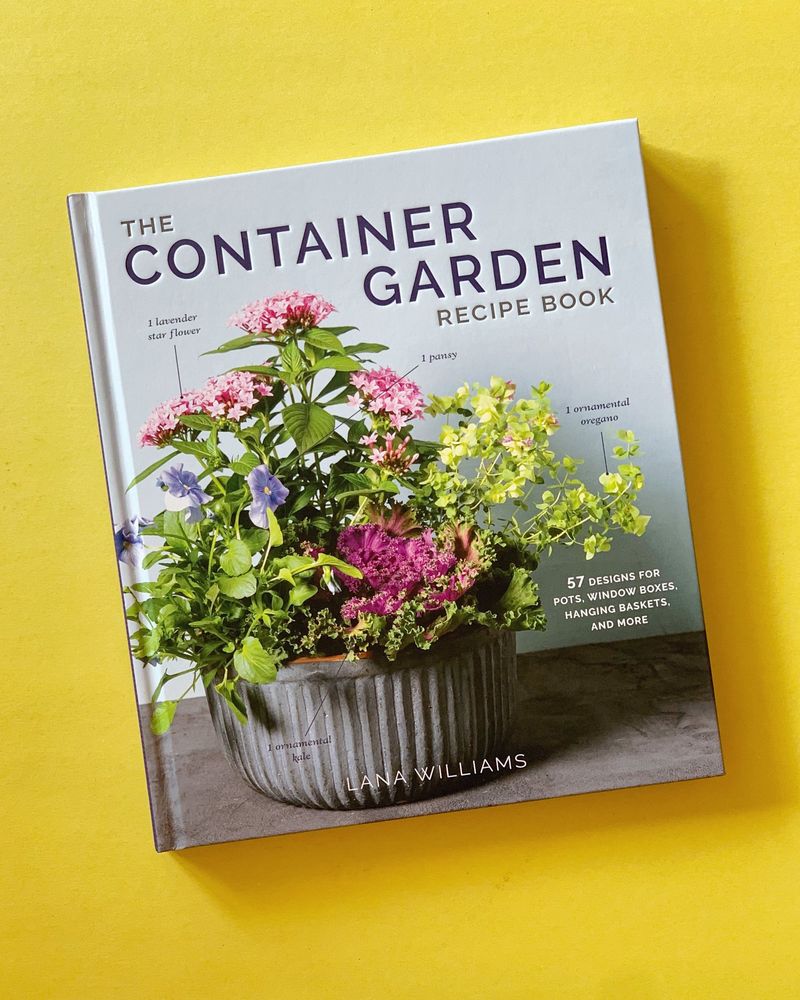
Imagine enjoying a meal made from ingredients cultivated right in your backyard. A garden recipe book captures this essence, combining your love for gardening with culinary creativity.
Compile recipes that feature herbs, vegetables, and fruits from your garden, complete with anecdotes and tips on growing these ingredients. This book becomes a delicious testament to your green thumb and a source of inspiration for future cooks in the family.
Sharing these recipes ensures that your garden’s flavors and stories continue to nourish both the body and soul of loved ones for generations.
Designing a Family Garden Crest
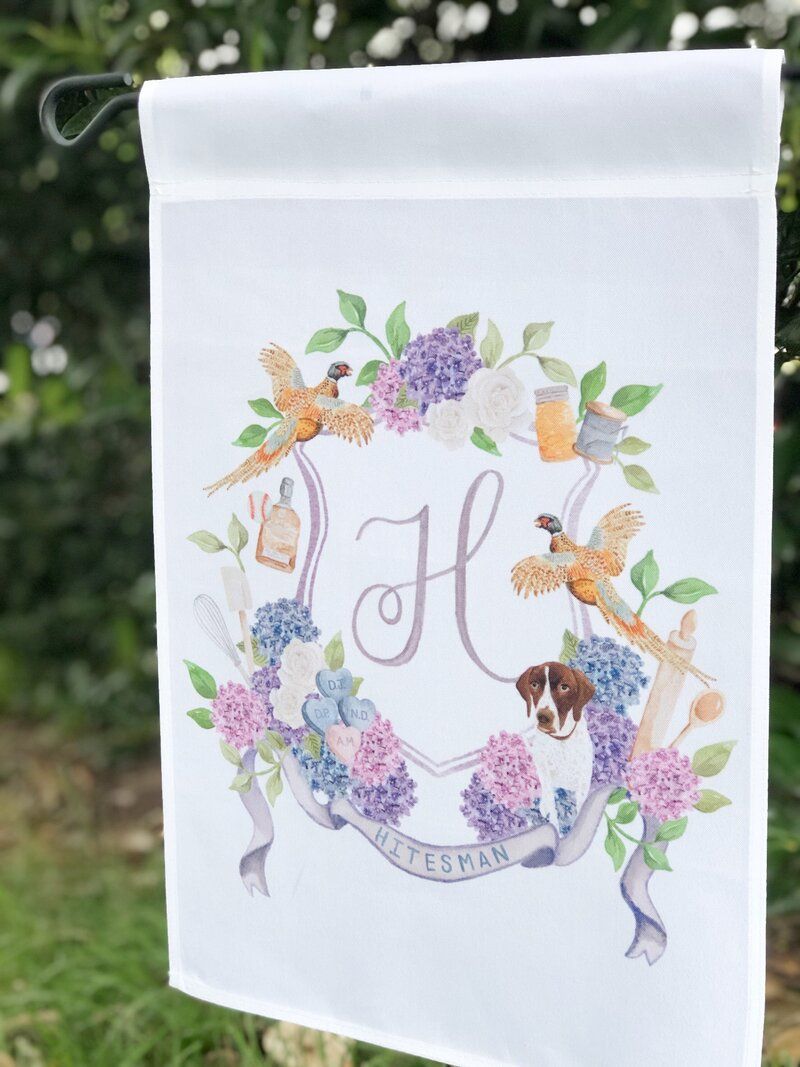
A family crest is a visual representation of heritage and values. Designing one for your garden can imbue it with deeper meaning and pride.
Incorporate elements that reflect your family’s gardening history, favorite plants, and core values. This crest can be displayed in the garden or on related items, such as stationery or garden tools.
Over time, the crest becomes a symbol of unity and tradition, inspiring family members to honor and continue the gardening legacy. It serves as a reminder of the bond between family and nature, enriching your garden’s story.
Organizing Garden Workshops for Kids
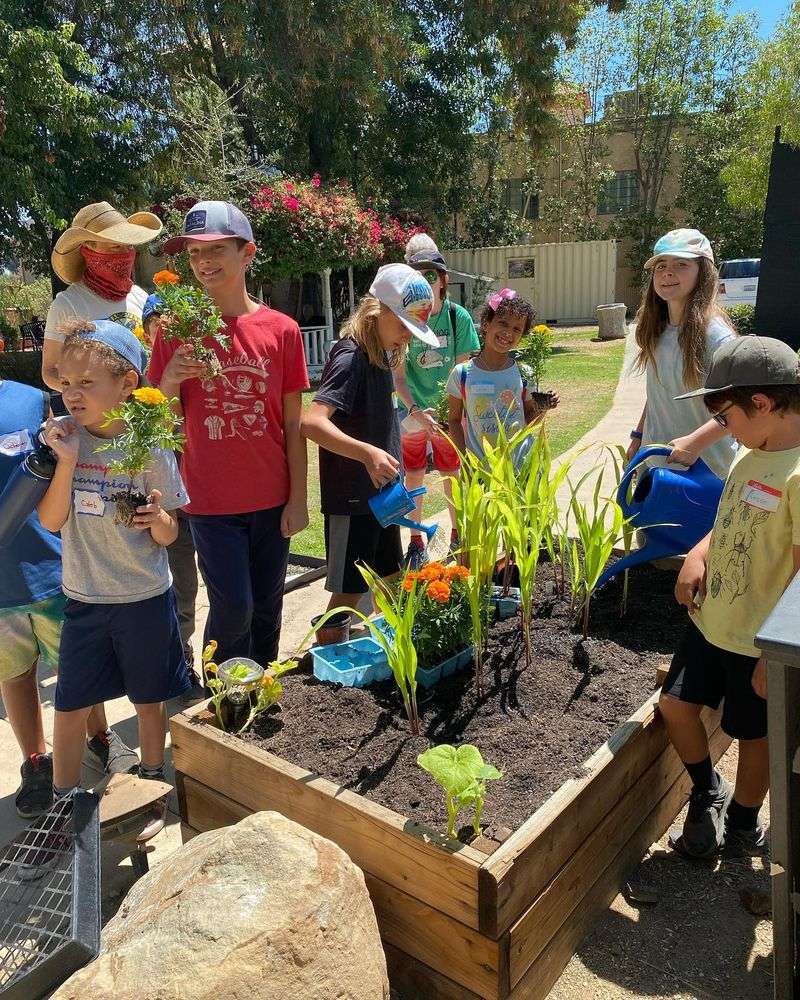
Nurturing a love for gardening in children ensures the continuity of your plant legacy. Organize workshops where kids can learn hands-on about planting, nurturing, and appreciating nature.
These sessions can be engaging and educational, filled with fun activities that spark curiosity and creativity. Encourage the children to ask questions, make observations, and express their findings through art or writing.
By involving the younger generation, you foster a lifelong appreciation for gardening, instilling values of patience, responsibility, and sustainability. These workshops sow the seeds of future generations of passionate gardeners.
Installing a Garden Time Capsule

A garden time capsule is a unique way to preserve memories and hopes for the future. Encourage your family to contribute items that represent their connection to the garden.
Include seeds, photos, letters, or even small tools, and select a date for opening it in the future. Bury the capsule in a special spot within the garden and mark it with a decorative stone or plaque.
This capsule becomes a bridge between generations, sparking curiosity in the future while preserving a slice of family history. It’s a fun and meaningful project that connects past, present, and future.
Cultivating Heirloom Plants
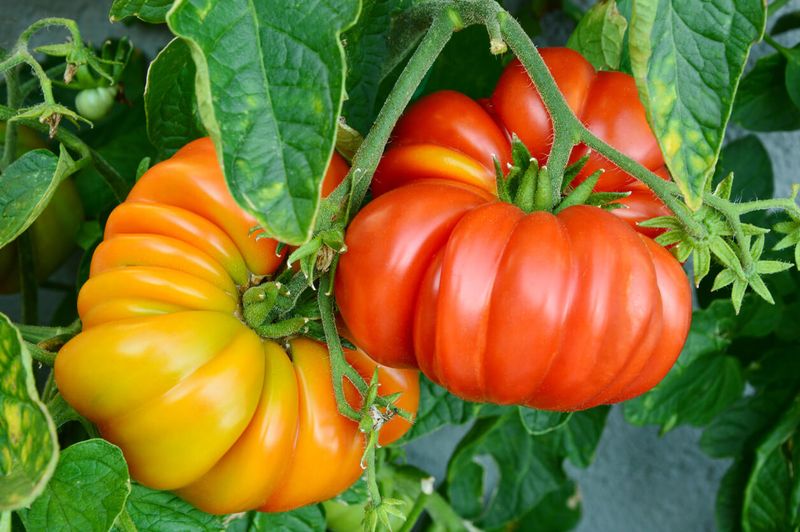
Heirloom plants offer a rich tapestry of history and culture, passed down through generations. Cultivating them in your garden can preserve rare varieties and stories associated with them.
Share the history of each plant with your family, emphasizing their importance and benefits. Encourage the cultivation of these plants, ensuring they thrive for future generations to enjoy.
By growing heirloom plants, you maintain biodiversity and contribute to the preservation of horticultural heritage. These plants become a living testament to your family’s dedication to sustaining unique and valuable species.
Establishing a Garden Club
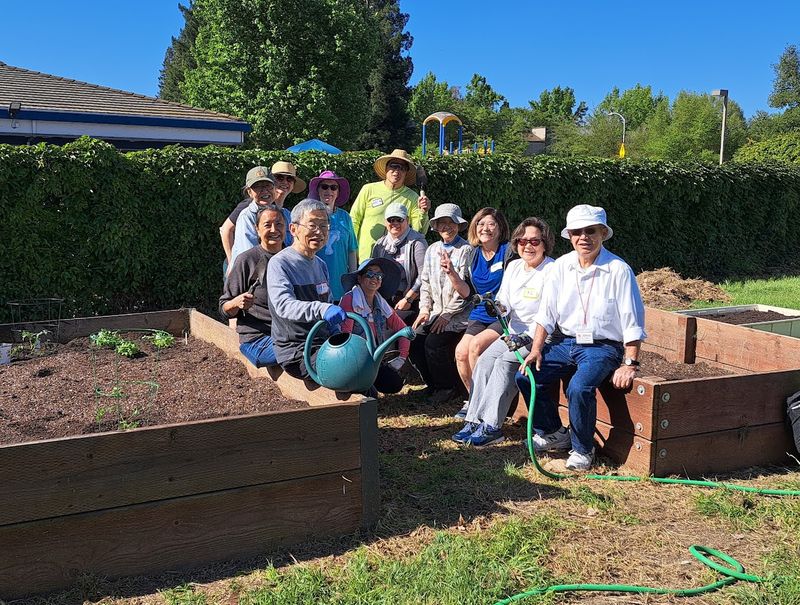
A family garden club fosters community and shared learning. Organize regular meetings where members can discuss gardening techniques, share seeds, and learn from each other’s experiences.
These gatherings strengthen family bonds and build a collective gardening knowledge base. Encourage members to take on roles, such as documenting meetings or organizing plant swaps.
A garden club becomes a cherished tradition, promoting continuous learning and collaboration. It ensures that gardening wisdom is passed down, enriching each generation’s experience and keeping the garden vibrant and thriving.
Documenting Plant Lineages
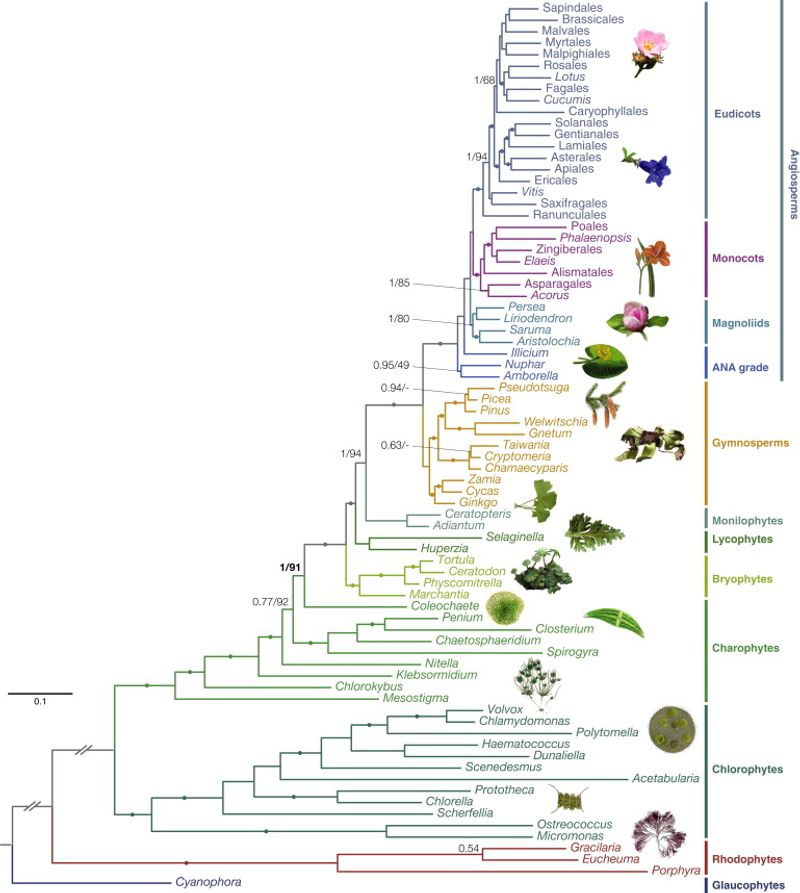
Imagine tracing the lineage of your garden’s plants just like a family tree. Documenting plant lineages offers a fascinating way to connect with your garden’s past.
Record the origins of each plant, including how and when they were introduced to your garden. Share stories and anecdotes that highlight these plants’ significance within the family.
This effort develops an appreciation for the history and evolution of your garden. It creates a living record that family members can look back on, deepening their connection to the garden and ensuring its stories are not lost.
Creating a Living Wall

A living wall introduces a vertical dimension to your garden, offering both beauty and function. It’s an innovative way to maximize space and add a unique element to your gardening legacy.
Select a variety of plants to create textures and colors that reflect your family’s personality and taste. This wall can serve as a backdrop for family gatherings or a serene space for reflection.
As a living art piece, it becomes a symbol of growth and creativity. Encourage family members to participate in its upkeep, fostering a sense of ownership and pride in this collaborative project.
Incorporating Art into the Garden
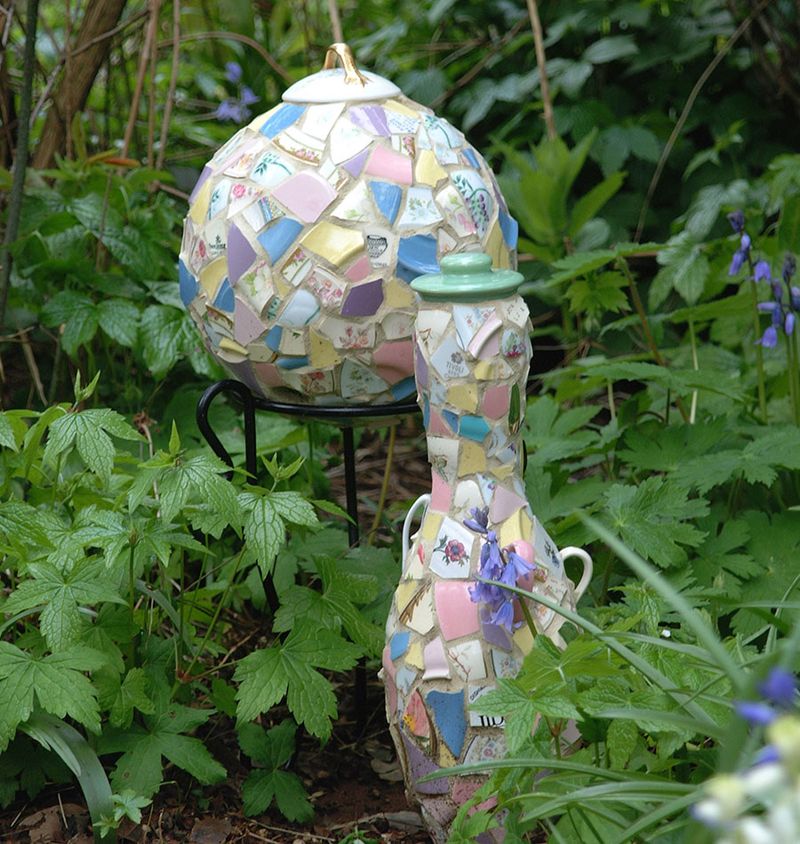
Art and nature can intertwine to create a garden that tells a story. Incorporate sculptures, installations, or murals that reflect personal and family themes.
These artistic elements add character and charm, making your garden a unique expression of your family’s creativity. Encourage family members to contribute their artistic talents, creating pieces that hold personal significance.
This blend of art and horticulture ensures that the garden is not just a collection of plants but a narrative space. It becomes a place where family history is celebrated through the harmony of art and nature.
Crafting Personalized Plant Markers
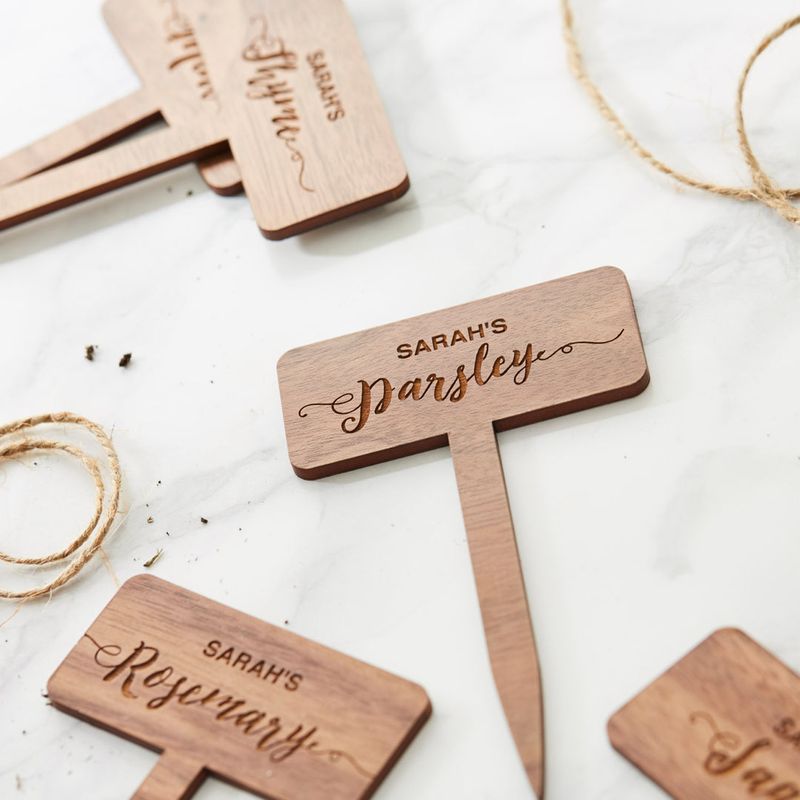
Personalized plant markers add a touch of individuality to your garden. Craft markers using materials like wood, metal, or stone, and label them with plant names and family anecdotes.
These markers become conversation starters, sharing stories about each plant’s history or significance. They add a decorative element and provide practical information for family members learning about the garden.
Involving the family in this crafting process fosters creativity and collaboration. These markers become lasting symbols of your family’s connection to the garden, turning it into a space filled with personal meaning and memories.
Designing a Garden Maze

A garden maze invites exploration and adds an element of adventure to your green space. Design a maze with pathways and hedges that encourage curiosity and discovery.
This playful feature becomes a favorite spot for family gatherings and provides endless fun for children and adults alike. As they navigate the maze, family members can enjoy the diverse plantings and hidden surprises along the way.
The maze symbolizes the journey through life, with its twists and turns, and becomes an enduring part of your family garden’s legacy. It’s a delightful addition that engages the senses and imagination.
Hosting a Garden Storytelling Night
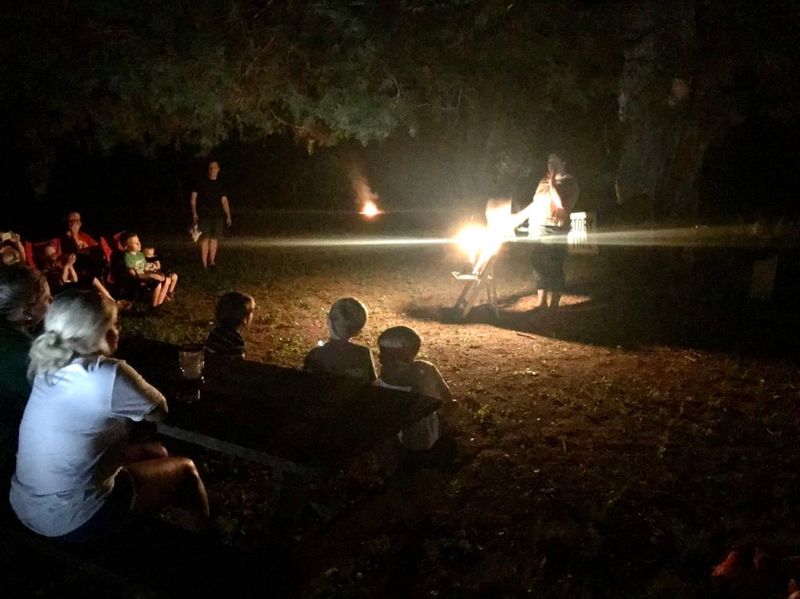
Storytelling in the garden brings its history to life. Host evenings where family members share tales about the garden’s past, its plants, and the experiences shared within it.
This event fosters connection, as younger generations learn about the garden’s significance from their elders. It’s an opportunity to pass down wisdom, anecdotes, and even myths associated with the garden.
As stories are shared under the stars, the garden becomes a living tapestry of memories and dreams. It enriches each participant’s understanding and appreciation of the garden as a vital part of their family heritage.
Adopt a Plant Buddy System
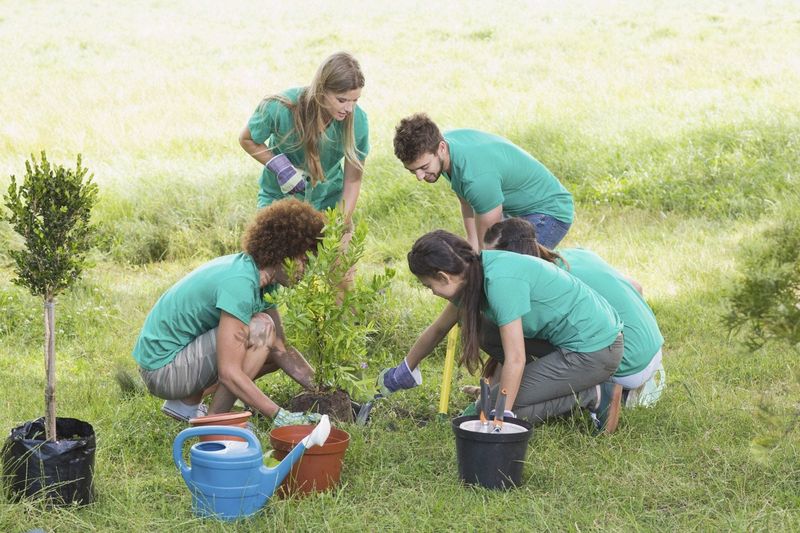
Imagine a neighborhood where each family becomes a guardian of a unique plant species. This plant buddy system not only fosters community bonds but also ensures each plant receives dedicated care. Families exchange plant care tips and stories, creating a tapestry of shared knowledge.
As plants thrive, so does the community spirit. Children learn responsibility, and adults find a sense of purpose. Did you know? This concept has roots in ancient communal farming practices that emphasized collective growth.
By adopting this system, your garden’s legacy becomes a living, breathing community effort, rich with history and connection.

